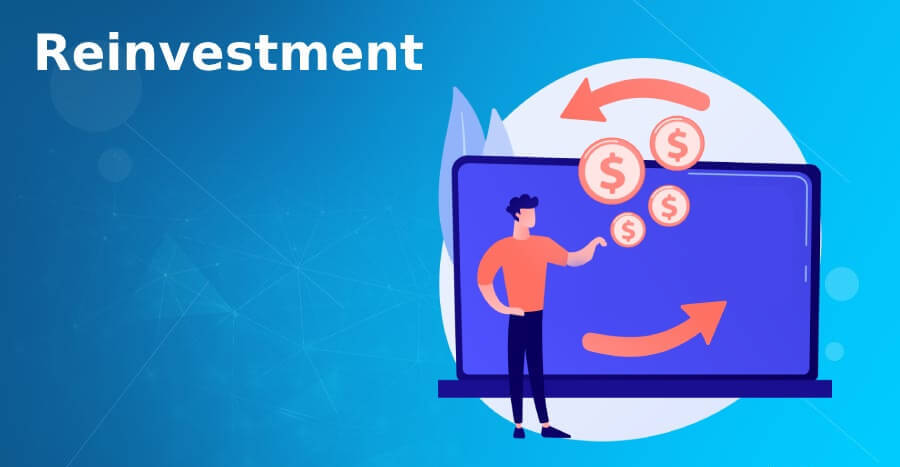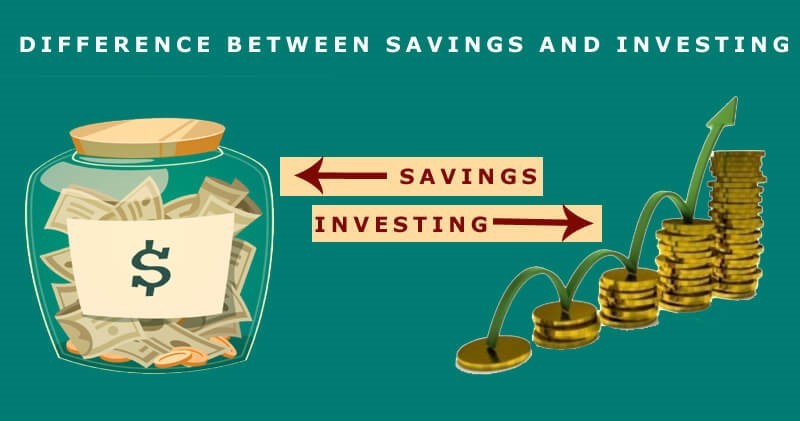If you are interested in the world of finance, you have surely heard about investment risks, but do you know what reinvestment risk is? Although, in principle, they sound similar, the reality is that they are two very different terms. If you want to know the difference between one and the other, in this post we will explain everything you need to know about reinvestment risks.
Defining reinvestment risk
Reinvestment risk is the uncertainty about what interest rate you can get when you reinvest the money derived from your original investment, whether due to interest generated, the repayment of the principal money or the market price of the asset. If investment rates change (whether up or down) since you made your original investment, this could affect your return on reinvesting that money. If interest rates decrease, you could get less return from reinvesting, and if interest rates increase, you could get more returns.
For example, if an investor owns a bond that earns 4% annually and, upon maturity, interest rates in the market have decreased to 2%, now the reinvested money will earn less interest than before. This risk can affect the performance of your investment, so when reinvesting, you must take other factors into account and know your profile as an investor.
Reinvestment risk can affect a variety of financial instruments. From certificates of deposit to some forms of savings accounts, any instrument that has a specific maturity may be subject to this risk.
Mitigation strategies
Now that you know what reinvestment risk is, it is just as important to know the strategies that can help reduce this risk :
- Portfolio diversification. When it comes to investing, it is usually better to diversify and not depend on a single type of financial instrument.
- Bonus staggering or laddering. This strategy consists of acquiring bonds with different scheduled maturity dates. For example, instead of investing everything in a 10-year bond, an investor could purchase bonds that mature on staggered dates of 3, 5, or more years.
- Constant market monitoring. Being aware of current market trends and interest rate predictions can provide insight into when is the best time to reinvest.
- Floating rate instruments. Financial instruments with floating interest rates, such as some bonds and loans, adjust their interest based on certain indices or benchmarks.
- Financial advice. Financial advisors can provide personalized recommendations based on each investor’s individual goals, risk profile, time horizon, and circumstances.
Long term impact
It is important to consider how reinvestment risk can affect long-term financial goals. Although short-term changes in interest rates may seem minor, over time, these differences can add up, impacting the overall value of a portfolio. We leave you some key points to understand this impact:
- Compound effect. We should not underestimate the power of the compound effect. Even minor differences in interest rates can amplify over time, altering initially estimated return projections.
- Planning and forecasting. When establishing long-term financial goals, scenarios should be considered that consider variations in interest rates. Having the foresight of these eventualities allows us to adapt investment strategies proactively.
- Inflation. Reinvestment rates that fail to keep pace with inflation can erode the purchasing power of the invested capital . Therefore, it is necessary to monitor not only interest rates but also inflationary trends to ensure that investments maintain their real value.
Investment risk vs. reinvestment risk?
As we have already told you, although they sound similar, they are different concepts. While investment risk refers to the possibility that the principal value of an investment will decline, reinvestment risk relates to the rate of return upon reinvestment. The first case refers to the probability that an investment will not generate the desired return (or even that a loss greater than the investment will occur). In the second case, the principal is not lost, but the potential gain could be less due to decreasing interest rates.



